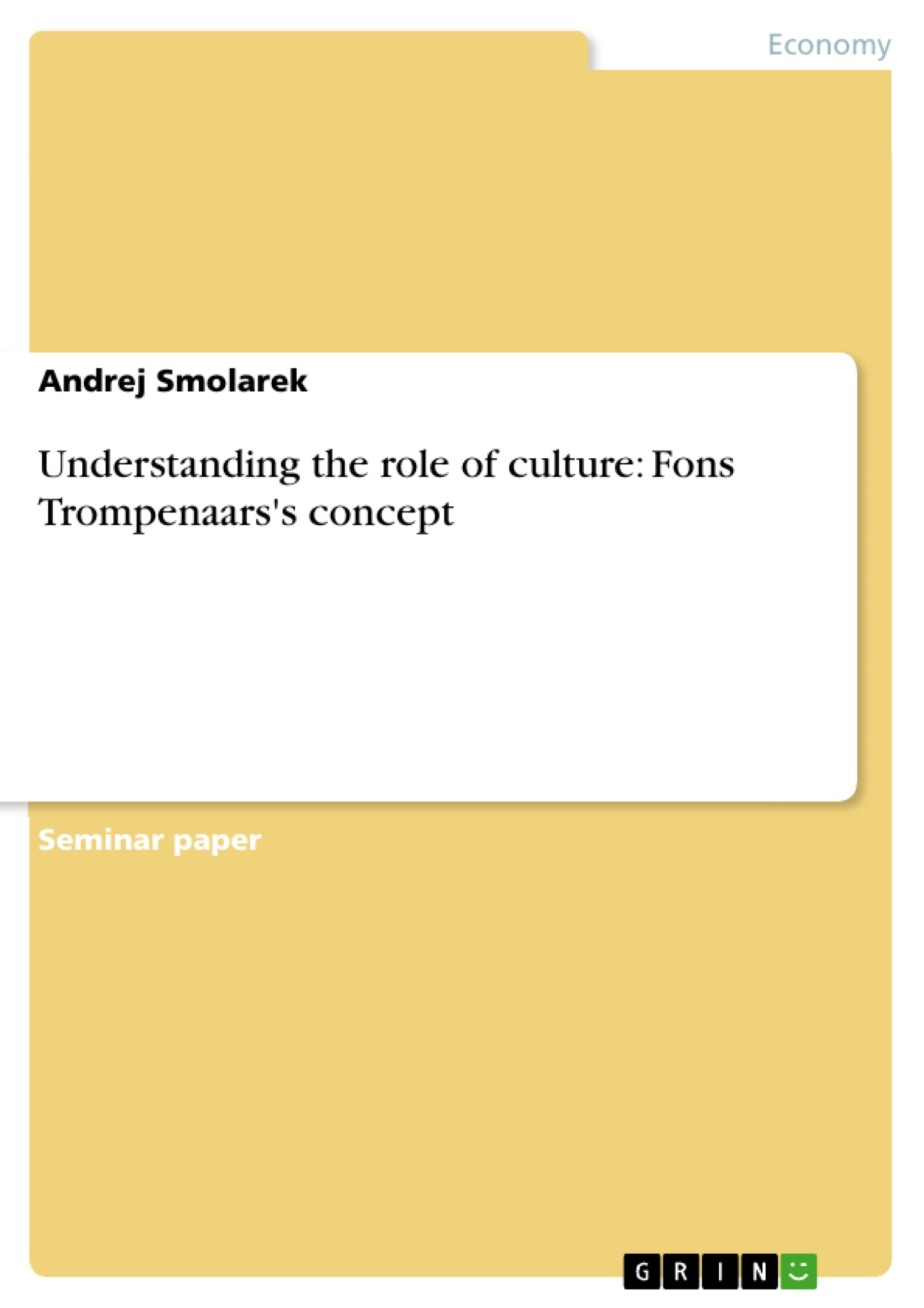Different people on our earth have already had all kinds of contacts with each other at the beginning of our history. As early as the antique the Greeks for instance already traded with the other nations or the Spanish exploited the original inhabitants of Middle and South America in the 15th/16th century because of their gold. Now it doesn’t matter if it was because of armed conflicts or prosperous trade; there was ever an interest on the other party respectively the other culture.
People ever tried to get information which they could use for their own advantages. An example for this is a plate of ethnology in the Austrian museum for ethnology in Vienna created at the beginning of the 18th century which should give people an impression of foreign cultures. There are different people (nations) showed in the plate: Spanish, French, Italians, Germans, English, Swedes, Poles, Hungarians, Russians, Turks and Greeks. The very negative description on the Turks probably because that the Austrian had bad experiences during the siege of Vienna in 1683. These „literary treasures“ are more influenced by prejudices and stereotypes than by scientific knowledge and today they just makes people laugh about.
Today people try for instance to realize the advantages for their business relations by trying to understand the foreign cultures of their business partners. From this point of view the German proverb “other countries, other customs” (in German: “andere Länder, andere Sitten”) is quite true and it’s very important to know to which things the other party attaches great importance and in which way they act in negotiations.
For instance Italians are known as smart negotiating partners who have a tendency to improvisation; Brits are known as fair negotiating partners who keep exact to their schedules while French interpret their schedules more generous, but they are seldom unpunctual.
About this subject Fons Trompenaars wrote finally a book with the title: “Riding the waves of Culture”. In this book he shows how cultural differences affect the business life and the management. The report is also based on this book but doesn’t contain the study of the corporate cultures.
Table of Contents
- Excursion: The understanding of foreign cultures
- Introduction of Fons Trompenaars
- Trompenaars's Model of Culture
- The layers of culture
- Differences of cultures
- The seven dimensions of culture
- Category: relationships with people
- Universalism versus Particularism
- Communitarianism versus Individualism
- Affective versus emotionally neutral cultures
- Diffuse versus specific cultures
- Achievement versus Ascription
- Category: attitudes to time
- Category: attitudes to the environment
- Category: relationships with people
- Résumé of Trompenaars's Model
- The impact of cultural differences on business and management
- Trompenaars's seven dimensions of culture
- Understanding cultural nuances and their implications for intercultural communication
- The importance of cultural awareness in fostering successful business relationships
- Practical applications of Trompenaars's model in cross-cultural management
- Excursion: The understanding of foreign cultures: This chapter explores the historical significance of understanding foreign cultures, highlighting the role of stereotypes and prejudices in shaping perceptions. It emphasizes the importance of cultural awareness in today's globalized business world.
- Introduction of Fons Trompenaars: This chapter introduces Fons Trompenaars, a renowned Dutch culture scientist, and his extensive experience in the field of intercultural management. It also highlights the development of his "Seven Dimensions of Culture Model" for analyzing cultural differences.
- Trompenaars's Model of Culture: This chapter outlines the key elements of Trompenaars's model, focusing on the layers of culture and differences between cultures. It provides a foundational understanding of the model's structure and framework.
- The seven dimensions of culture: This chapter delves deeper into the seven dimensions of culture defined by Trompenaars, exploring each dimension in detail and providing practical examples of how they manifest in different cultures. This section covers categories related to relationships with people, attitudes towards time, and attitudes towards the environment.
Objectives and Key Themes
The main objective of this work is to explore the concept of culture as defined by Fons Trompenaars, specifically focusing on how cultural differences influence business life and management. The work aims to provide a comprehensive understanding of Trompenaars's model of culture, highlighting its practical applications in navigating intercultural interactions.
Chapter Summaries
Keywords
This work focuses on the core concepts of culture, intercultural management, Trompenaars's model, the seven dimensions of culture, cultural differences, business relationships, and cross-cultural communication. The work delves into the nuances of cultural differences and their impact on business practices, emphasizing the importance of cultural awareness and sensitivity for effective intercultural interactions.
- Citation du texte
- Andrej Smolarek (Auteur), 2005, Understanding the role of culture: Fons Trompenaars's concept, Munich, GRIN Verlag, https://www.grin.com/document/56045



